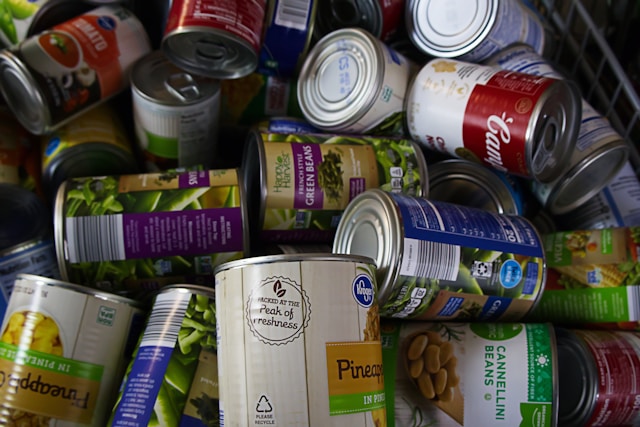Record numbers flooding Canadian food banks signal more than just hunger; they act as a stark economic indicator, a modern ‘canary in the coal mine’ warning of deep cracks in the nation’s affordability and social safety net.
Across Canada, the demand for emergency food assistance has reached unprecedented levels. Food Banks Canada reported a staggering two million visits monthly in 2024, a figure nearly doubling in just five years. This surge isn’t confined to major urban centres; communities large and small, including Barrie, Ontario, report residents increasingly struggling with food insecurity as the cost of living outpaces incomes. Organizations like Montreal’s Depot Community Food Centre have seen demand triple in two years, forcing them to cap services despite serving roughly 1,800 families monthly. Tasha Lackman, the centre’s executive director, views this trend not merely as charity overload, but as a critical symptom of systemic failure.
The timeline of this crisis is accelerating. While food prices continue their relentless climb – predicted to rise another three to five percent this year, exceeding general inflation targets – experts caution against viewing this solely through a grocery lens. Kirstin Beardsley, CEO of Food Banks Canada, emphasizes that the root cause often lies beyond the pantry. “Food insecurity is actually not in general about food, it’s about incomes and affordability,” she notes, highlighting the impossible choices many Canadians face.
The ‘why’ behind the escalating demand points towards fundamental economic pressures. Housing costs, in particular, consume disproportionate shares of household budgets in nearly every region, forcing families to choose between paying rent and buying food. This affordability crunch disproportionately impacts those on fixed incomes, minimum wage earners, and individuals reliant on social assistance, like single mother Kelly Tysick in Montreal, who finds formerly affordable living now “beyond belief.” The existing social safety net, including programs like employment insurance, appears inadequate to buffer against these shocks, prompting calls for significant overhaul.
Experts like McGill University economist Pascal Thériault confirm that food inflation is indeed outpacing general inflation, validating the financial strain felt by consumers. Statistics Canada data showed year-over-year food price increases hitting 3 per cent in March 2025, up from 2.8 per cent the previous month. This reality, combined with stagnant wages and inadequate support systems, paints a picture of a fraying economic fabric where food banks serve as the last resort for a growing number of people, including many accessing such services for the very first time.
The sheer volume of need underscores a critical failure in adequately supporting the most vulnerable. While federal parties propose various solutions – from tax adjustments and housing initiatives to grocery price regulations and enhanced social benefits – the immediate reality remains challenging. The rising tide at food bank doors serves as a potent economic indicator, demanding serious attention and systemic solutions that address the core issues of income inadequacy and the high cost of basic necessities, ensuring the social safety net effectively catches those who fall.
References:
Rising demand at food banks seen as ‘canary in the coal mine’ for affordability crisis

